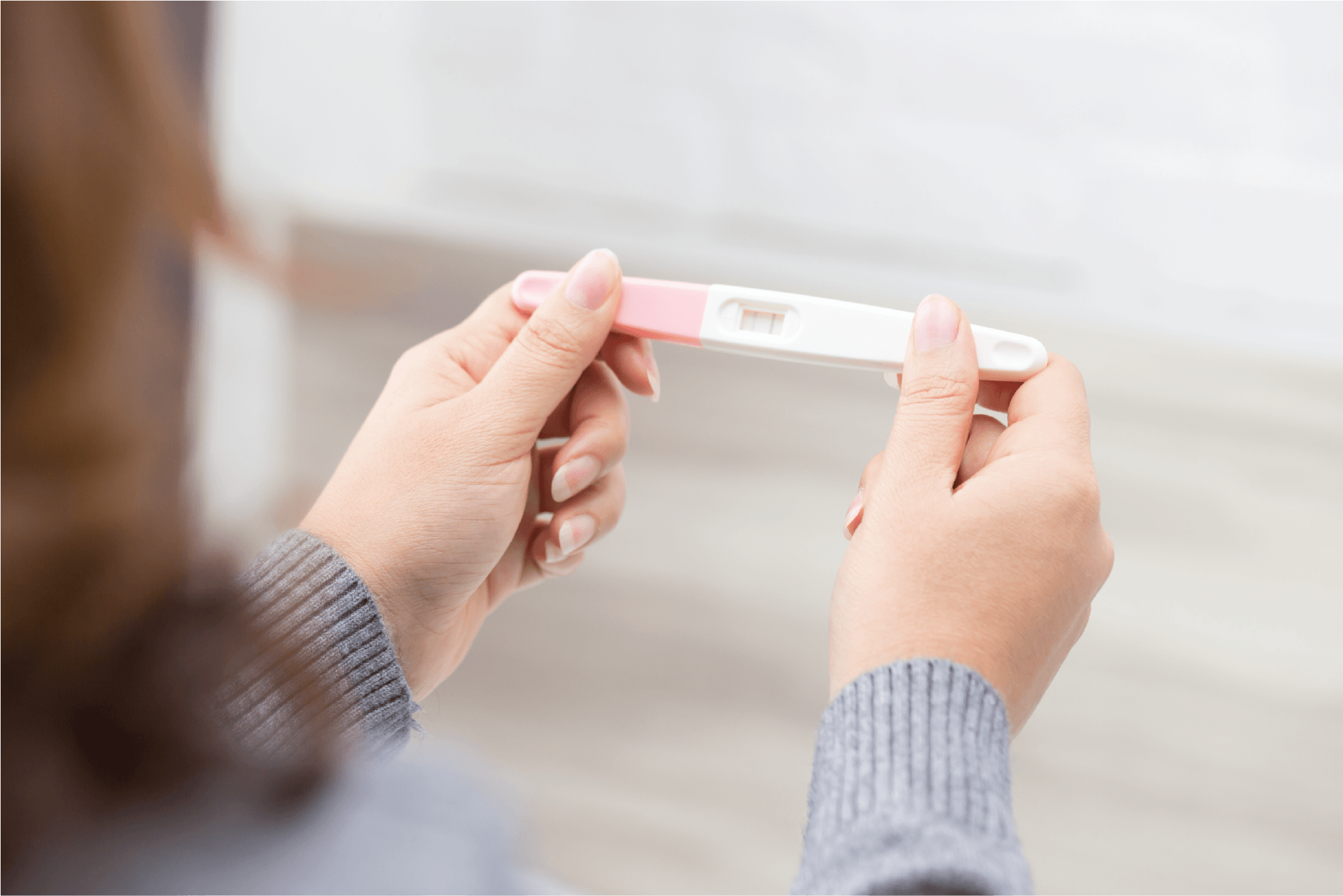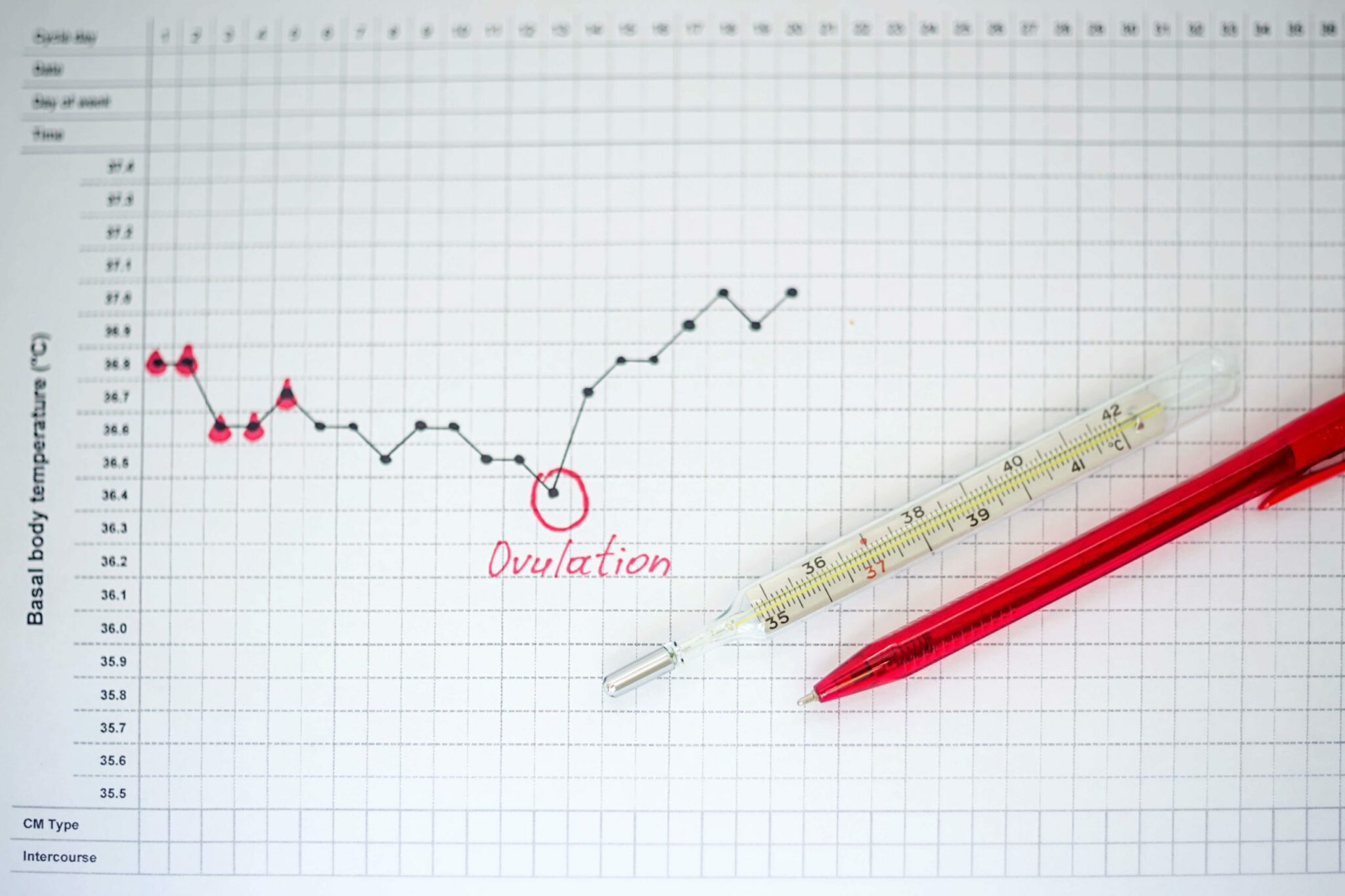Causes of Female Infertility – Failure to Ovulate


- A failure to ovulate is the most common cause of female infertility.
- This includes primary ovarian insufficiency (POI) and polycystic ovary syndrome (PCOS) which affect 40% of women with fertility issues.
- If you are not ovulating the first step should be to identify why this is the case, as there are a number of reasons why you may be experiencing a failure to ovulate, also known medically as anovulation.
Polycystic Ovary Syndrome
Polycystic ovary syndrome (PCOS) is a leading causes of female infertility, the predominant reason for anovulation, and the most common endocrine condition affecting women of reproductive age. The fact that up to one in ten women are thought to have the condition, highlights just how prevalent it is.
Furthermore, the strong association of PCOS with insulin resistance and type 2 diabetes, the rates of both of which are continuing to rise, suggests that the incidence of PCOS is likely to increase.
To be diagnosed with PCOS, according to the Rotterdam Criteria, a female needs to present with two out of the three main clinical symptoms; polycystic ovaries, hyperandrogenism, and/or anovulatory cycles. Failure to ovulate does not always mean you don’t menstruate. and it is possible to have PCOS if you have normal periods. You can take a PCOS test cost effectively and discreetly at home by booking via the Nabta Women’s Health Shop.
Not all women with PCOS will be infertile and for many who are struggling to conceive, making lifestyle changes, such as losing weight, can make a big difference.
It has been demonstrated that for women with anovulatory PCOS, a loss of 5% of their body weight was able to restore ovulation. Alternative approaches for restoring common causes of female infertility in women with PCOS include hormonal therapy, medically induced ovulation (clomiphene citrate is usually the drug of choice), and laparoscopic ovarian drilling.
Primary Ovarian Insufficiency
Primary Ovarian Insufficiency (POI), also known as premature ovarian failure, occurs when a female’s ovaries stop secreting hormones and producing eggs at a young age. It is diagnosed when a woman younger than 40 years of age presents with:
- Amenorrhoea (no periods) lasting more than 4 months
- Follicle stimulating hormone (FSH) levels ≥ 40 mIU/mL on two occasions.
In POI the follicular pool within the ovaries is exhausted, giving rise to irregular menstrual cycles, low levels of estrogen, and high levels of FSH.
Approximately 10-12% of cases of POI are due to a chromosomal or genetic defect, the most well known of which is a fragile-X syndrome. Fragile X-syndrome is caused by a mutation of the FMR1 gene; it causes mental retardation in men, but not usually in women.
However, females with the mutation have a 13-26% increased risk of developing POI and may experience neurological issues later in life.
There also seems to be an autoimmune component to POI. Addison’s Disease predisposes a female to develop it and there are also associations with other autoimmune conditions, including hypothyroidism. Antibodies targeting FSH are another cause of POI.
Prior cancer treatment increases a woman’s risk of POI, as many cancer treatments have been shown to be gonadotoxic. There is also a suggested link between POI and infections such as HIV, TB, herpes, mumps, and varicella; although no cause or effect relationship has yet been identified.
Despite these known associations and risk factors, for the majority of women, the cause of their POI remains unknown.
For those women at high risk of developing POI, for example, those with a familial link, measuring the levels of anti-müllerian hormone (AMH) in their circulation can serve as a reliable indicator of ovarian reserve. AMH levels correlate with the number of growing follicles.
Even those women with POI who do not wish to conceive may wish to explore treatment options, such as hormone replacement therapy, because prolonged oestrogen deprivation can have serious effects on other aspects of female health, including reducing bone density and increasing the chances of urinary tract infections (UTIs). Oestrogen loss can also negatively impact mental well-being.
Endocrine disorders
Problems with the thyroid gland or the hypothalamus can impact ovulation. One-third of women experiencing fertility issues have thyroid complications. The thyroid gland is located in the neck; its normal function is to produce hormones that regulate metabolism and maintain normal development.
Thyroid hormones play an indirect role in ovarian follicle growth. With insufficient follicular growth, the chances of an egg being released are diminished and with no egg, ovulation cannot occur.
Hypothyroidism
An underactive thyroid results in insufficient thyroid hormone production. The condition is nearly 7 times more likely to affect women than men. In developing countries, hypothyroidism is most frequently caused by a dietary iodine deficiency;
However, in countries with adequate dietary iodine, the predominant cause is Hashimoto’s thyroiditis, an autoimmune disease characterized by the immune system attacking the thyroid and resulting in inhibited thyroid hormone synthesis.
Symptoms of hypothyroidism include fatigue, weight gain, slowness in movements and thoughts, muscular aches, and increased sensitivity to cold. Between 20 and 50% of women with the condition will experience irregular menstrual cycles and/or hyperprolactinaemia. Hypothyroidism can also predispose a female to PCOS-like symptoms.
The first-line treatment approach for hypothyroidism is synthetic thyroid replacement therapy (levothyroxine). For women who are suffering from irregular menstrual cycles due to low thyroid hormone, this treatment is often successful at restoring regular menstrual cycles.
To date, the evidence regarding the use of levothyroxine during pregnancy is inconclusive; as such, women with hypothyroidism who fall pregnant should discuss with their doctor whether or not to continue taking their medication.
In general, it is considered that those women who have TSH levels greater than 4.0 mlU/L are at higher risk of miscarriage, so continued thyroid hormone replacement therapy will often be recommended to improve pregnancy rates.
Functional hypothalamic amenorrhoea (FHA).
Caused by a disruption in the secretion of gonadotropin-releasing hormone (GnRH) from the hypothalamus. This hormone would normally trigger the release of oestrogen from the ovaries, and a lack of it can therefore cause hypo-oestrogenism and anovulation.
FHA disturbs the balance of the hypothalamic-pituitary-ovarian axis and is responsible for 20-35% of cases of secondary amenorrhoea. It can be one of the causes of delayed puberty.
Provided that a congenital condition has been ruled out, some of the most common causes of HPA are an imbalance in energy availability (often due to reduced calorie intake or excessive exercise) and stress.
This means that making lifestyle changes and learning how to manage your emotional well-being can help to alleviate the symptoms of HPA.
This is important because left unmanaged, HPA can affect bone density, increase the risk of cardiovascular disease and predispose an individual to anxiety and depression.
Other causes of ovulation failure
There are other factors that might result in a woman failing to ovulate, or experiencing irregular ovulatory cycles. These include age, as the ovarian reserve diminishes over time, and lifestyle/environmental factors.
Causes for Female Infertility – an Overview
Causes for Female Infertility – Structural issues With the Reproductive Tract
Nabta is reshaping women’s healthcare. We support women with their personal health journeys, from everyday wellbeing to the uniquely female experiences of fertility, pregnancy, and menopause.
Get in touch if you have any questions about this article or any aspect of women’s health. We’re here for you.
Sources:
Bahn, R S, et al. “Hyperthyroidism and Other Causes of Thyrotoxicosis: Management Guidelines of the American Thyroid Association and American Association of Clinical Endocrinologists.” Thyroid, vol. 21, no. 6, June 2011, pp. 593–646., doi:10.1089/thy.2010.0417.
Balen, A H, et al. “The Management of Anovulatory Infertility in Women with Polycystic Ovary Syndrome: an Analysis of the Evidence to Support the Development of Global WHO Guidance.” Human Reproduction Update, vol. 22, no. 6, Nov. 2016, pp. 687–708., doi:10.1093/humupd/dmw025.
Chakera, A J, et al. “Treatment for Primary Hypothyroidism: Current Approaches and Future Possibilities.” Drug Design, Development and Therapy , vol. 6, 2012, pp. 1–11., doi:10.2147/DDDT.S12894.
De Vos, M, et al. “Primary Ovarian Insufficiency.” The Lancet, vol. 376, 11 Sept. 2010, pp. 911–921., doi:10.1016/S0140-6736(10)60355-8.
Garber, J R, et al. “Clinical Practice Guidelines for Hypothyroidism in Adults: Cosponsored by the American Association of Clinical Endocrinologists and the American Thyroid Association.” Thyroid, vol. 22, no. 12, Dec. 2012, pp. 1200–1235., doi:10.1089/thy.2012.0205.
Gude, D. “Thyroid and Its Indispensability in Fertility.” Journal of Human Reproductive Sciences, vol. 4, no. 1, Jan. 2011, pp. 59–60., doi:10.4103/0974-1208.82368.
Kim, C H, et al. “Effect of Levothyroxine Treatment on in Vitro Fertilization and Pregnancy Outcome in Infertile Women with Subclinical Hypothyroidism Undergoing in Vitro Fertilization/Intracytoplasmic Sperm Injection.” Fertility and Sterility, vol. 95, no. 5, Apr. 2011, pp. 1650–1654., doi:10.1016/j.fertnstert.2010.12.004.
Krassas, G E. “Thyroid Disease and Female Reproduction.” Fertility and Sterility, vol. 74, no. 6, Dec. 2000, pp. 1063–1070.
Meczekalski, B, et al. “Functional Hypothalamic Amenorrhea and Its Influence on Women’s Health.” Journal of Endocrinological Investigation, vol. 37, no. 11, Nov. 2014, pp. 1049–1056., doi:10.1007/s40618-014-0169-3.
POI Guideline Development Group. “Guideline on the Management of Premature Ovarian Insufficiency.” European Society of Human Reproduction and Embryology, Dec. 2015, www.eshre.eu/Guidelines-and-Legal/Guidelines/Management-of-premature-ovarian-insufficiency.aspx.
Poppe, K, and D Glinoer. “Thyroid Autoimmunity and Hypothyroidism before and during Pregnancy.” Human Reproduction Update, vol. 9, no. 2, 2003, pp. 149–161., doi:10.1093/humupd/dmg012.
Practice Committee of the American Society for Reproductive Medicine. “Subclinical Hypothyroidism in the Infertile Female Population: a Guideline.” Fertility and Sterility, vol. 104, no. 3, Sept. 2015, pp. 545–553., doi:10.1016/j.fertnstert.2015.05.028.
Ross, D S, et al. “2016 American Thyroid Association Guidelines for Diagnosis and Management of Hyperthyroidism and Other Causes of Thyrotoxicosis.” Thyroid, vol. 26, no. 10, Oct. 2016, pp. 1343–1421., doi:10.1089/thy.2016.0229.
“Underactive Thyroid (Hypothyroidism) .” NHS, www.nhs.uk/conditions/underactive-thyroid-hypothyroidism/.
Visser, J A, et al. “Anti-Müllerian Hormone: an Ovarian Reserve Marker in Primary Ovarian Insufficiency.” Nature Reviews, Endocrinology, vol. 8, no. 6, 10 Jan. 2012, pp. 331–341., doi:10.1038/nrendo.2011.224.
“What Are Some Possible Causes of Female Infertility? .” National Institutes of Health, www.nichd.nih.gov/health/topics/infertility/conditioninfo/causes/causes-female.












































